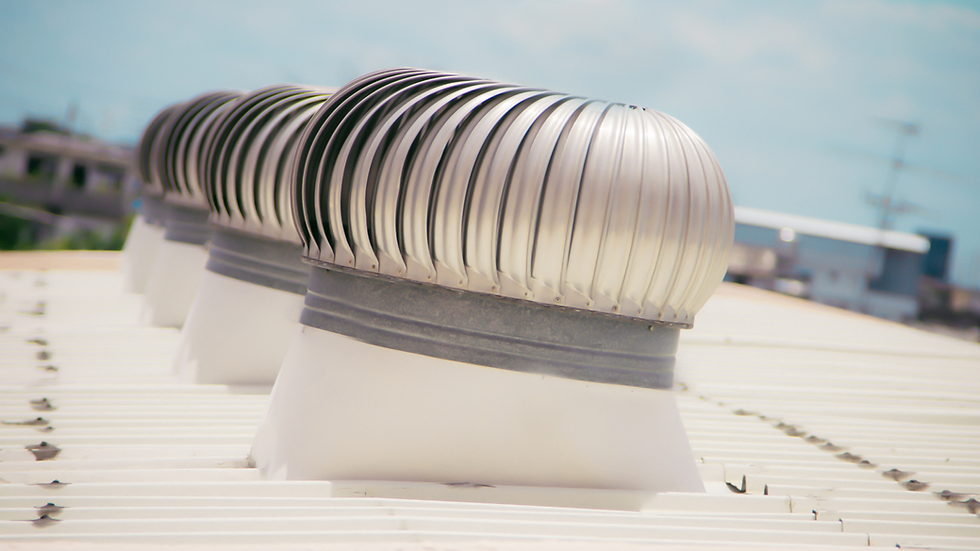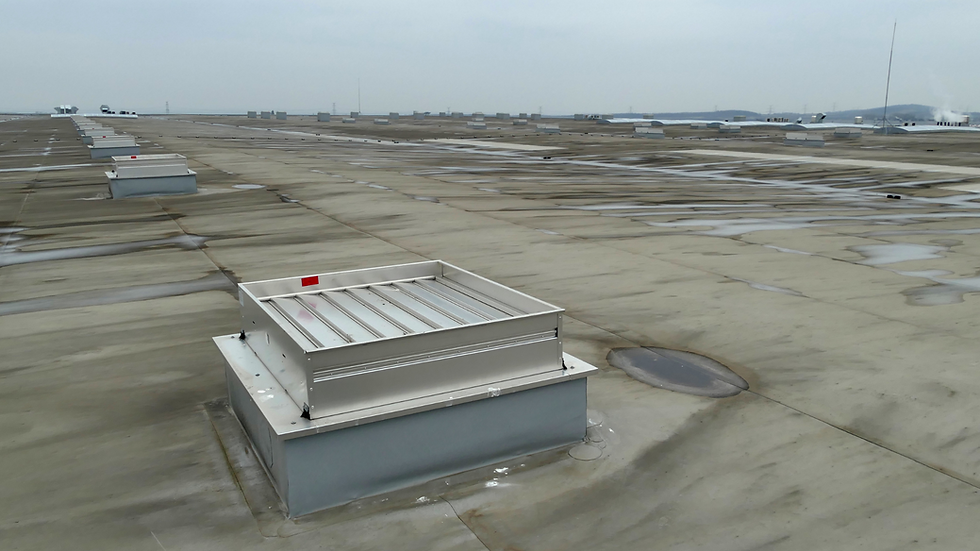You might be wondering what the basic principles of smokes extraction is and how and why these principles are implemented.
Having a fire emergency inside of a building differs somewhat from an open-air fire. Smoke and heat can freely disperse into the atmosphere with an open fire outside, whereas with a fire within a building, the smoke and heat are trapped inside.
Smoke extraction is the partial evacuation of the smoke inside of a building to create a level of free and fresh air underneath the layer of smoke. Not only does this action allow for safe rescue of occupants, it also allows firefighters to access the property and prevent the fire from spreading as well as the roof from collapsing.
The action of smoke evacuation and fresh air circulation is carried out by:
o Natural smoke ventilation.
o Mechanical smoke ventilation.
o Protection from smoke (toxic fumes). (Overpressure ex.)
Whatever method used to address the problem, it is important to note that smoke extraction always has an inlet of fresh air supply and an outlet to exhaust the smoke out of the structure.
The smoke and hot fumes rise because of the low density thereof. That is why the smoke evacuation will always be positioned high up, in the upper part of the building to ensure circulation. – Through vents/ducts for example.
Because of this, smoke outlets and exhausts, not only need to be positioned high but also need to be positioned in such a way that other surrounding buildings are not directly influenced.
Natural extraction:
This is the method that creates a chimney-like effect by means of a thermal draft. This is made possible through either vents, rooftop turbines, ducts or openings in facades. The success of the natural extraction method is then also affected by the positioning of the fresh air supply in the bottom half of the building.

Mechanical extraction:
This process involves at least one mechanical component to evacuate the smoke and fumes. This could either be in the form of fans, that supply air, or an extractor which then draws the smoke out or a combination of the two.
Importantly, both of these methods require a natural air supply from the lower part of the building; when the hot smoke gets extracted through a vent, cold air gets sucked back into the building to replace it. Coming through the same ventilator, this will reduce the flow of the extraction and the smoke will not be exhausted as efficiently as it should. Another thing to consider is that as the hot and cold air mix through the ventilator, the smoke will be cooled and disturbed causing the buoyancy to lower and the volume of the smoke to increase. Therefore, the lower air supply is needed.
The two methods should then also not be implemented together, for it would not prove successful and the smoke extraction will then be made completely ineffective. Because of the preferential flows that could be created.

Protection from fumes/hot smoke:
When natural extraction is not made possible, this method is only to be used in specific areas such
as staircases and secure waiting areas. The volume is blown in to create an overpressure. The smoke does not technically get extracted, but the overpressure prevents the smoke from entering in.
Regardless of the system operations, it is vital that it must always be made possible to manually operate and activate the smoke extraction.
Contact one of our professional smoke specialists to assist you with your smoke extraction needs.


Comments